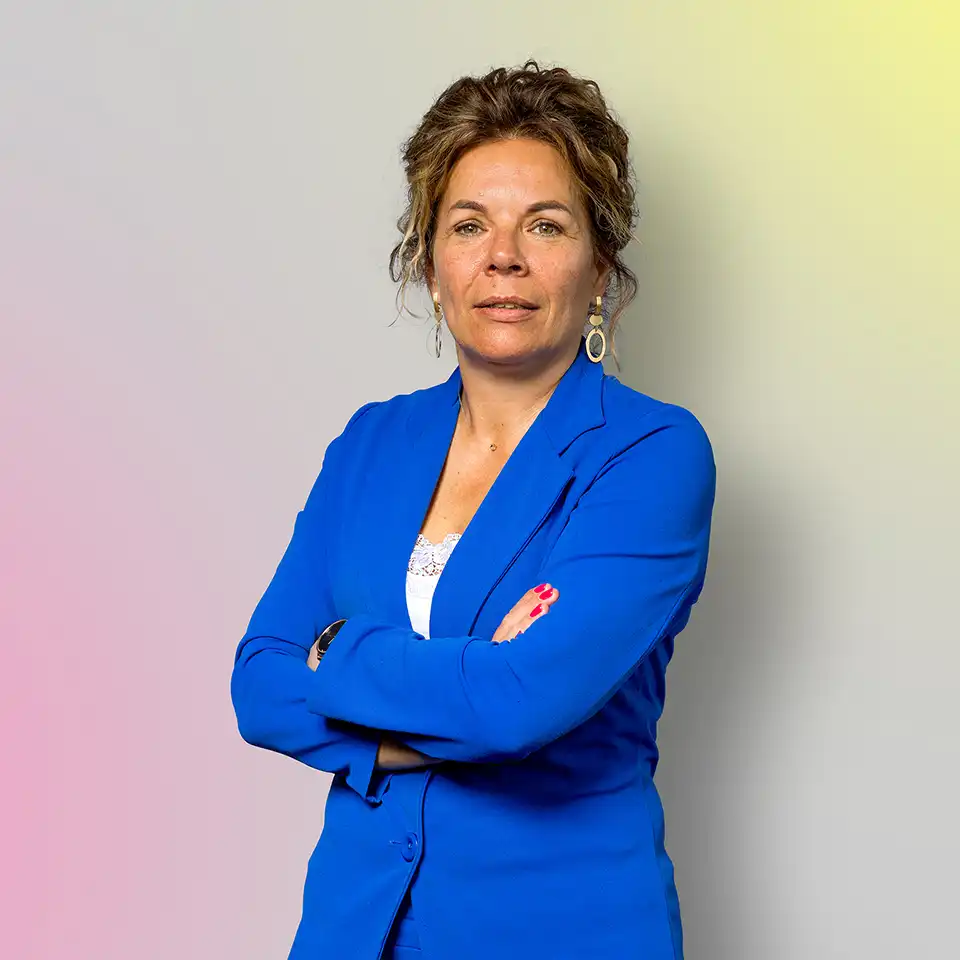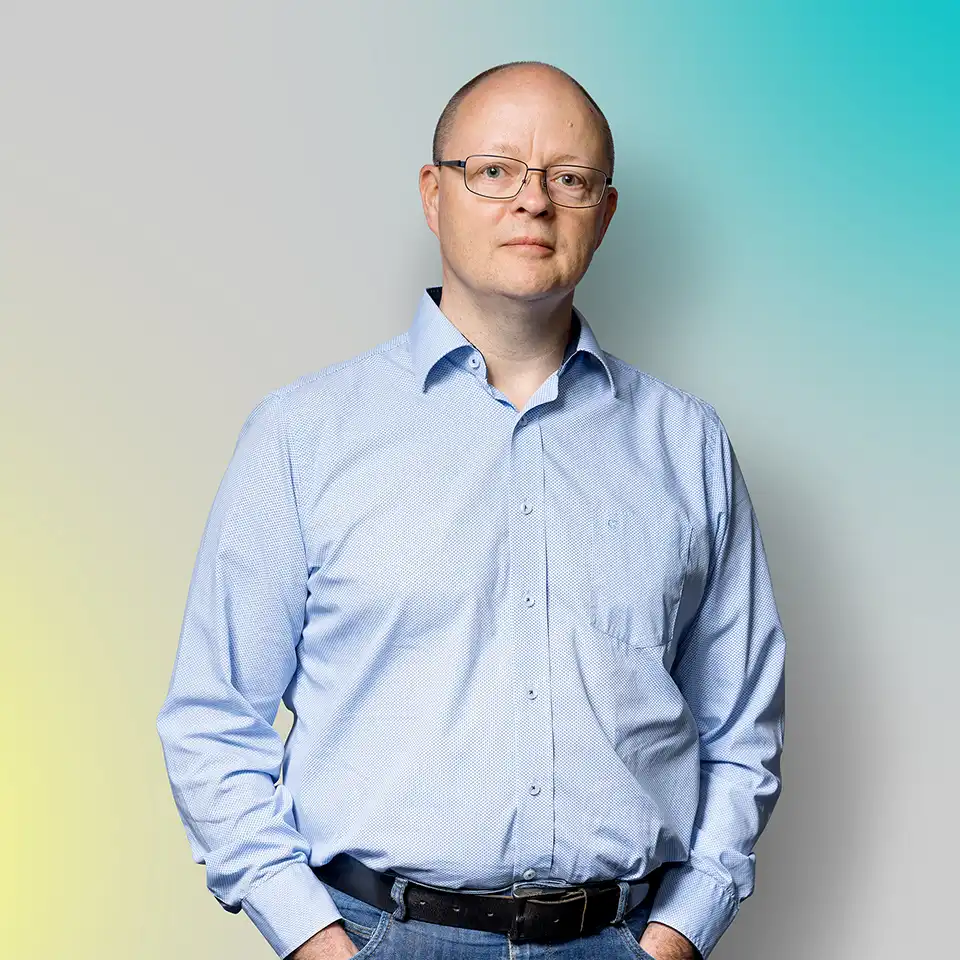Industry
Nonprofit
The nonprofit sector is all about accountability and transparency. Stakeholders want to see that every euro is spent meaningfully and carefully. A clear financial policy is therefore not an afterthought, but a priority. Finext helps nonprofit organizations with practical planning and clear reporting so they can meet these high expectations.
Cases

With Vena Solutions
Insights
How do I select an Enterprise Performance Management solution?
Themes
Technologies
Branches
SAP S/4HANA now leader in Gartner Magic Quadrant Cloud ERP
Themes
Technologies
Branches
Looking Back at The Future of Forecasting 2023
Themes
Technologies
Branches
Tax Provisioning and Pillar 2 with SAP Analytics Cloud
Themes
Technologies
Branches
Pillar Two in OneStream
Themes
Technologies
Branches
5 'must ask' questions in your planning process
Themes
Technologies
Branches
Our team
We are at your service.
At Finext, more than 100 driven financial professionals are at your service every day. Together we are committed to strengthening the position of the financial professional. Always expert, always practical and always with a touch of humor. Real professionals who make the difference.





.webp)



.webp)

